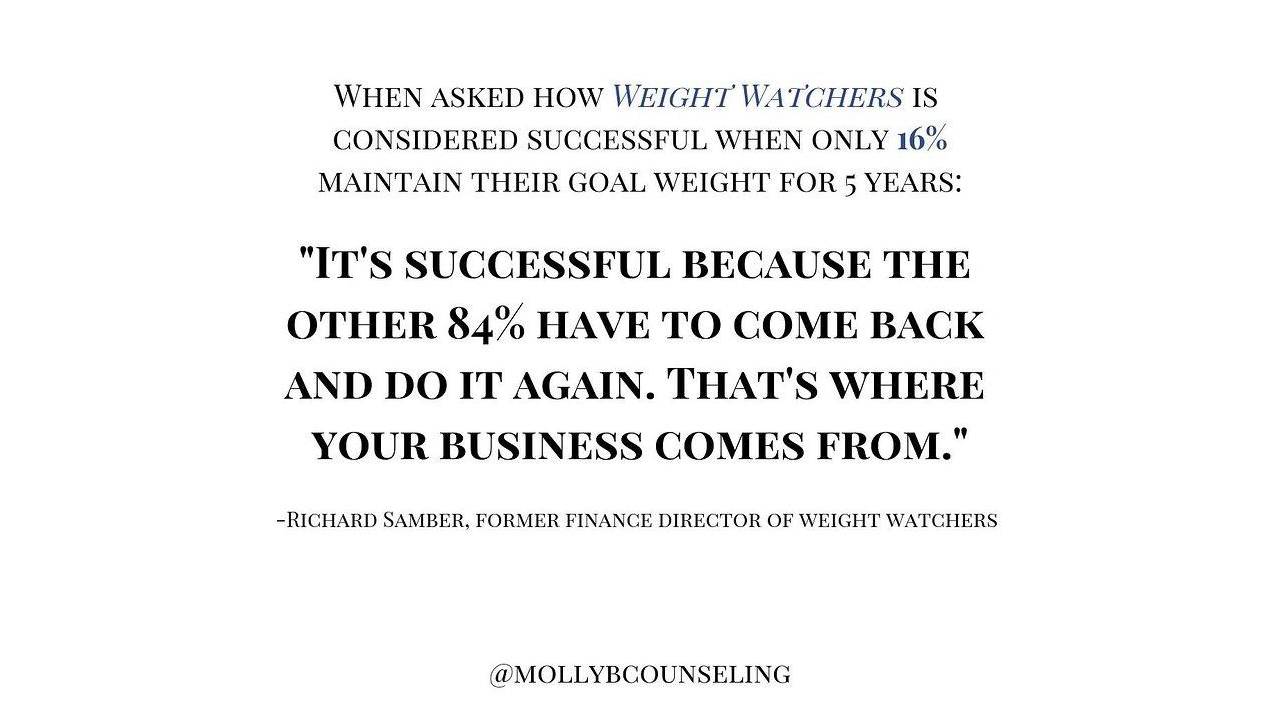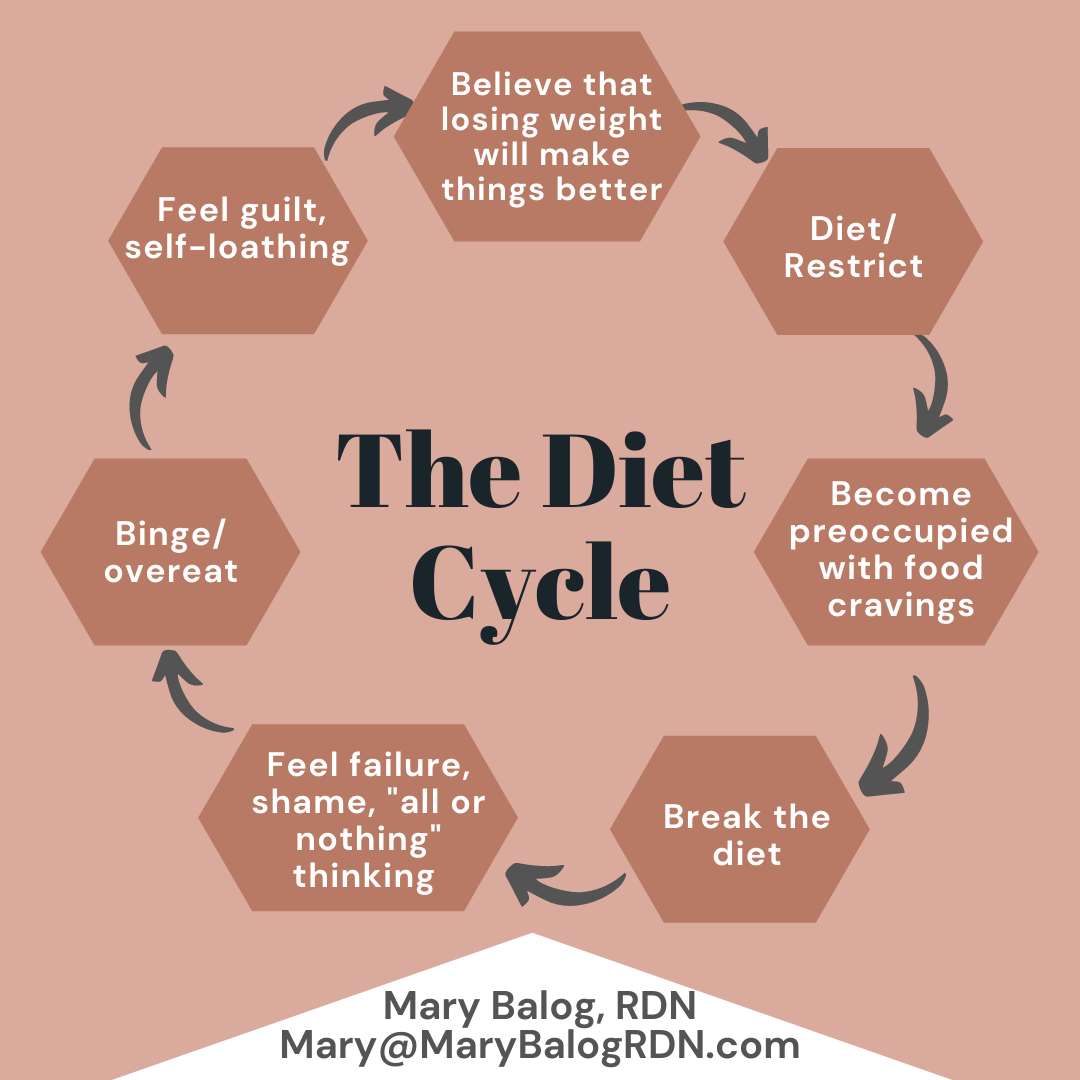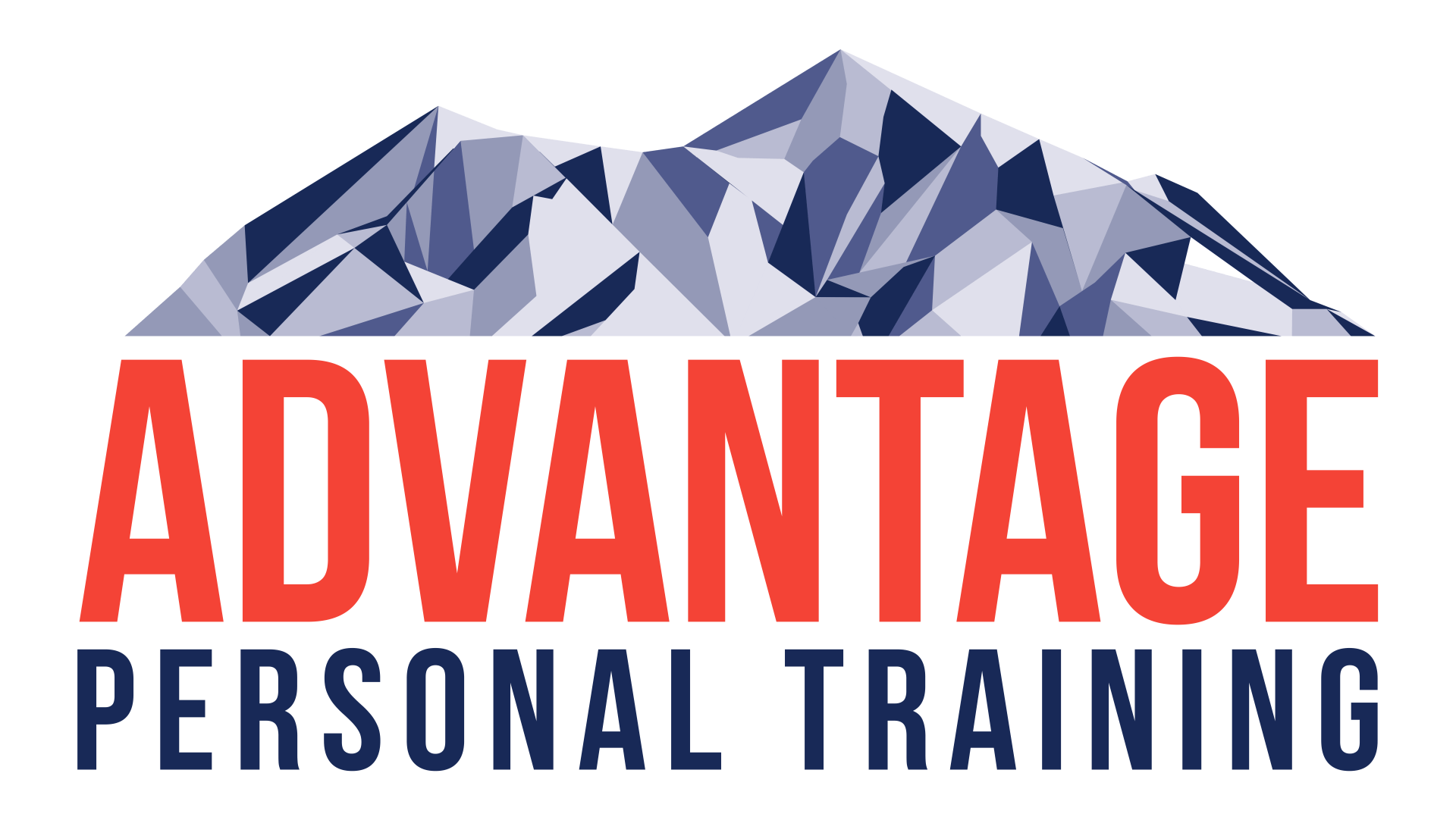Holy Cow, Therapy Thursday is back: Low Back Pain edition
Potential causes of low back pain in the teenage and adult athlete.
There are many different tissue types that could be associated with low back pain. There are muscles, fascia, ligaments, joint capsules, facet irritation, discs, etc. Most of these tissues don’t show a distinct type of pain or area of pain that can diagnose exactly what is going on.
We’ve also talked previously about how MRI and X-ray aren’t exactly the most reliable tests in the world and how normal adaptations to aging can be poorly associated with pain and dysfunction. (http://advantagestrength.com/therapy-thursday-busting-myths-on-bulging-discs-and-other-stuff-too/)
Today, my goal is to talk about three potential causes of low back pain that are specific to athletes at Advantage Strength and Conditioning as well as a self-assessment strategy which can help improve your pain immediately
Potential Causes of Back Pain.
Sitting and posture (in those of us 30 and older, Degernative Disc/joint Disorder (DDD/DJD)
The world is a place that requires us to sit…A LOT. Many adults are in a situation where they sit at their desk all day, every day. Teenagers sit at desks all day in school, do homework, watch TV. If you sleep on your side in the fetal position, it is fair to see that 20+ hours per day you are in a flexed lumbar position. It typically isn’t a matter of if you have back pain at that point but when is it going to present itself. I tell patients often, “You can do something like this all the time, until one day you can’t anymore.” One day your tissues just don’t want the stress that you’re putting on them anymore and will send angry signals to your brain.
We’ve also talked about Lower Crossed Syndrome (previous post) in the past. Sitting all day, every day can be the direct cause of LCS type low back pain. Tightness in the hip flexors and thoracic spine coupled with weak anterior core and glutes lead to constant irritation of the lumbar spine area. (http://advantagestrength.com/therapy-thursday-youve-been-crossed-over/)
If you work in the office setting, try standing and walking once every 30-45 minutes. I also do some of my paperwork while stretching my hip flexors. This is very easy if you have a desk and are willing to look somewhat funny to your colleagues.
Muscle strain
If you’re an athlete, young or old, it  is likely that you’ve strained a muscle at some point. Micheli and Wood report that muscle strains were responsible for 27% of low back pain in youth athletes and 6% of low back pain in adult athletes. Pain in muscle strains seems to be worse in the first 24-48 hours and can be associated with muscle spasms and/or trigger points.
is likely that you’ve strained a muscle at some point. Micheli and Wood report that muscle strains were responsible for 27% of low back pain in youth athletes and 6% of low back pain in adult athletes. Pain in muscle strains seems to be worse in the first 24-48 hours and can be associated with muscle spasms and/or trigger points.
Sometimes it doesn’t take much to cause a muscle strain and can be as simple as picking up something off the floor without thought. People often don’t hurt their backs deadlifting heavy weights but they hurt themselves picking a pen up off the ground without giving it much thought.
Muscle strains often feel like they need to be stretch, but be cautious not to over stretch. A light stretch to decrease nervous system output is plenty and doesn’t need to be taken overboard.
Spondylosis, Spondylolysis, and Spondylolythesis
Other than what looks like gibberish, the above terms are grades of spine injury. Two of my graduate school roommates and classmates wrote a paper all about conservative treatment for Spondy’s, where the following information can be found. They do not always come in a traumatic form and can be genetic in nature. A forceful, hyperextension movement is a common cause of a traumatic Spondy injury. Young, females who participate in dance, gymnastics, or ice sports frequently end up with one of these injuries.
There are two main causes of spondylolythesis: isthmic and degenerative. Isthmic can either be a genetic predisposition or a traumatic event and is mostly seen in the youth population while degenerative is acquired through the aging process by adults.
Nearly 85% of all spondylolythesis patients treated non-operatively will have a successful clinical outcome after a year. This means that with conservative care of rest and physical therapy intervention most people are happy with their result and are able to return to full activity.
Outcomes of strengthening approaches in the treatment of low-grade spondylolisthesis. Hardwick D, Tierney, D, Fein, C., Reinmann, S. Donaldson, D. Physical Therapy Reveiws. Volume 17, Issue 5 (october 2012), pp 284-291.
Radicular Pain
Radicular pain can be but is not always secondary to some sort of compression or inflammation of/near a spinal nerve. Radicular pain means that the source may be the spine but the symptoms are often described as being down the back of the leg into the calf or foot. The layman’s term is “Sciatica.”
In younger people, a herniated disc is often the cause of radicular symptoms. There can be extreme local back pain with pain, numbness, or tingling into the legs. This leg pain will often exhibit some pattern based upon the nerve root that is being impinged upon.
A Quick Assessment
Anyone who comes to me directly will get a full examination to determine the root cause/causes of their issues. However, there is one thing that I always start out with that can be done at home. Many times, moving into a certain position can alleviate symptoms relatively quickly. This is a go to for anyone who sits a lot, at work or at school.
I like to assess your symptoms first. Rate them 0-10. If you feel the need to assess yourself, you’re likely having some sort of pain.
Next, complete 10-15 back bends. They may be painful at first, however we are looking for an effect after several reps. Pain will often decrease with each rep and you can go further and further each time. After 2-3 sets, some people no longer have any pain at all.
If this is the case, perform 10-15 reps per hour for a day or two so long as your pain continues to improve.
If this makes your pain worse and it does not return to baseline, you can try to bend over and touch your toes and round through your back. Slowly and controlled for 10-15 reps. Again, it may be painful during the first several reps however we are looking for it to improve as you complete more reps. Complete 2-3 sets and re-evaluate your pain levels.
If either of these techniques work, try to do them hourly for a day or two. If by chance they do not work, come in and see me and we’ll get down to the cause of your pain.




Advantage Personal Training is an Ann Arbor based Family Oriented Gym, focusing on the training needs of individuals, small groups and youth athletes. Meet with a results-oriented personal trainer and put yourself on the path to a more active life!
SERVICES
CONTACT INFORMATION
Hours of Operation
Mon to Fri: 6:00 AM - 8:30 PM
Sat: 8:30 AM - 12:30 PM
Sun: CLOSED
All Rights Reserved | Advantage Personal Training




